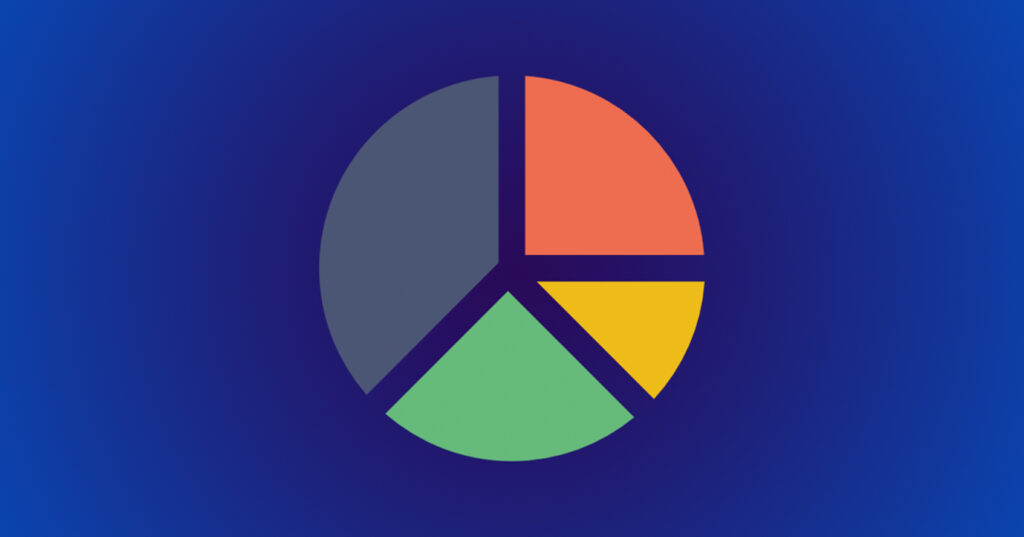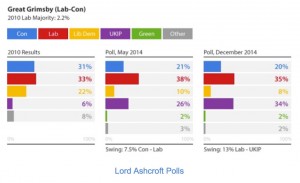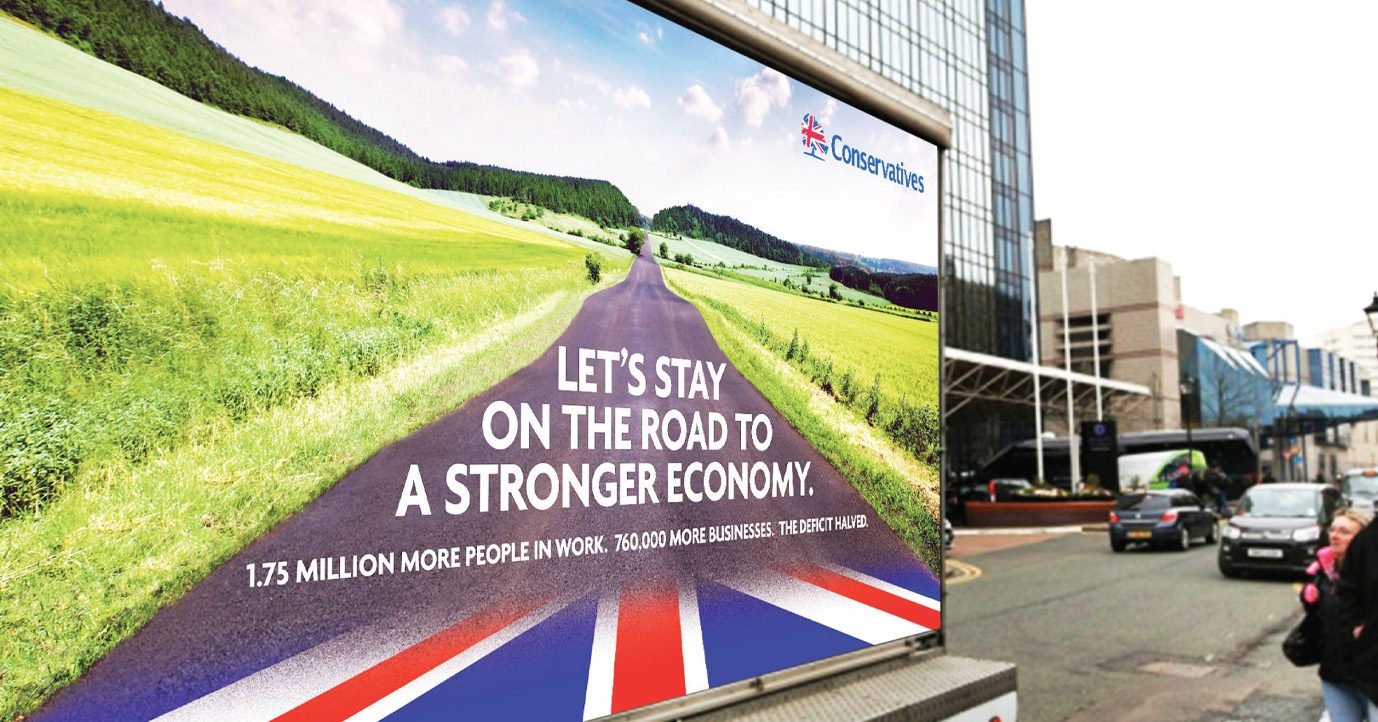
Last week, along with various colleagues from the polling fraternity, I was asked by the Independent on Sunday to make a prediction about the election. At the risk of looking like a spoilsport I declined, as I always do when faced with such a question. I felt my usual answer – “I think it’s going to be quite exciting” – was not exactly what the editor would be looking for.
As was clear from the answers of those who bravely or recklessly did take part, nobody is very sure exactly what to expect (and as the paper helpfully pointed out, all eight pollsters they asked in a similar exercise only weeks before the 2010 election predicted a Conservative overall majority).
The coalition government, the collapse in national support for the third party, the rise of a fourth, and shifting allegiances in Scotland – combined with the accelerating erosion of tribal loyalties that has continued for three decades or more – have made election predictions a more than usually hazardous business.
Many expect the result to be close – indeed it is possible that a handful of seats could decide whether Her Majesty gives the first shot at forming a government to David Cameron or Ed Miliband. The results in the marginals will matter more than ever.
But as my polling over the last eight months has shown, there is no consistent pattern in the seats that will decide the outcome. Some northern Tory MPs seem to have a better prospect of holding on than some of their southern colleagues; some Lib Dems are so far defying the national tide with swings in their favour; some red and blue seats are vulnerable to a party whose vote share was only in single figures five years ago.
That is why I am remaining firmly in the business of snapshots – and today I am launching a whole gallery of them. The new Constituency Polls section of my website features an index of the 114 seats I have surveyed since last May. The reader can see at a glance how my poll findings in each seat compare with the 2010 election result – just like this:
The site will of course be updated as new rounds of polling are completed.
Such a resource has never before been available in a UK election. I trust it will be useful to everyone who has an interest in politics – not least the voters themselves. And this is why it is important to remember that each survey shows the state of play in a given seat at a given point in time: voters who are so inclined will be able to use the snapshot of their constituency to help them decide where to place their cross.
Indeed as Times columnist Tim Montgomerie has pointed out, the availability of this data means tactical voters can be better informed than ever before. Voters in Sheffield Hallam, for example, will note that Labour look best placed to unseat Nick Clegg in a constituency the Lib Dems have traditionally – if not, recently, very closely – contested with the Tories (indeed they may well bump into Ed Miliband out canvassing). Conservatives in both Dudley North and Great Grimsby will see that although their party came second by less than a thousand votes last time round, UKIP now appear to offer the best chance of unseating Labour. Lib Dems considering Labour in North Cornwall will know their seat is on a knife edge and that their switch would make a Tory gain more likely. Labour voters in Thanet South who do not wish Nigel Farage to represent them in parliament will observe, however reluctantly, that to keep him out they will have to vote Conservative.
In a few weeks time I will add the results from my research in Scotland, which is currently in the field and promises to be particularly fascinating. Meanwhile, why not sign up for news alerts at Lord Ashcroft Polls to have the results delivered straight to your inbox.



